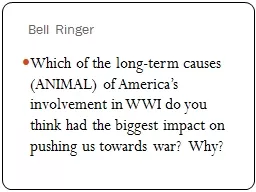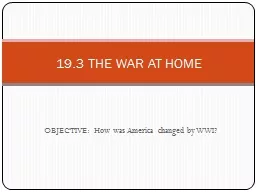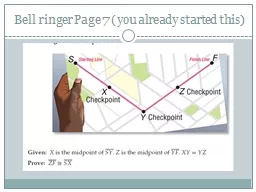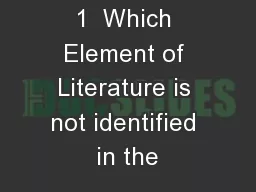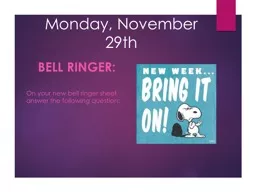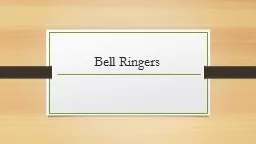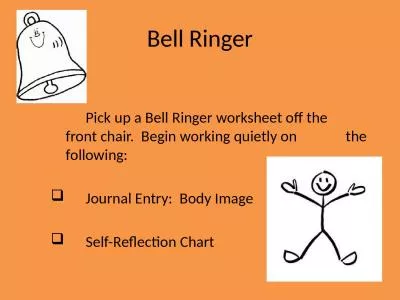PPT-Bell Ringer Which of the long-term causes (ANIMAL) of America’s involvement in WWI do
Author : jane-oiler | Published Date : 2018-10-29
War on the Home Front Selling the War Britain began selling Americans on the idea of war long before its actual involvement Britain cut the transatlantic telegraph
Presentation Embed Code
Download Presentation
Download Presentation The PPT/PDF document "Bell Ringer Which of the long-term cause..." is the property of its rightful owner. Permission is granted to download and print the materials on this website for personal, non-commercial use only, and to display it on your personal computer provided you do not modify the materials and that you retain all copyright notices contained in the materials. By downloading content from our website, you accept the terms of this agreement.
Bell Ringer Which of the long-term causes (ANIMAL) of America’s involvement in WWI do: Transcript
Download Rules Of Document
"Bell Ringer Which of the long-term causes (ANIMAL) of America’s involvement in WWI do"The content belongs to its owner. You may download and print it for personal use, without modification, and keep all copyright notices. By downloading, you agree to these terms.
Related Documents

